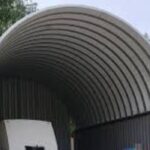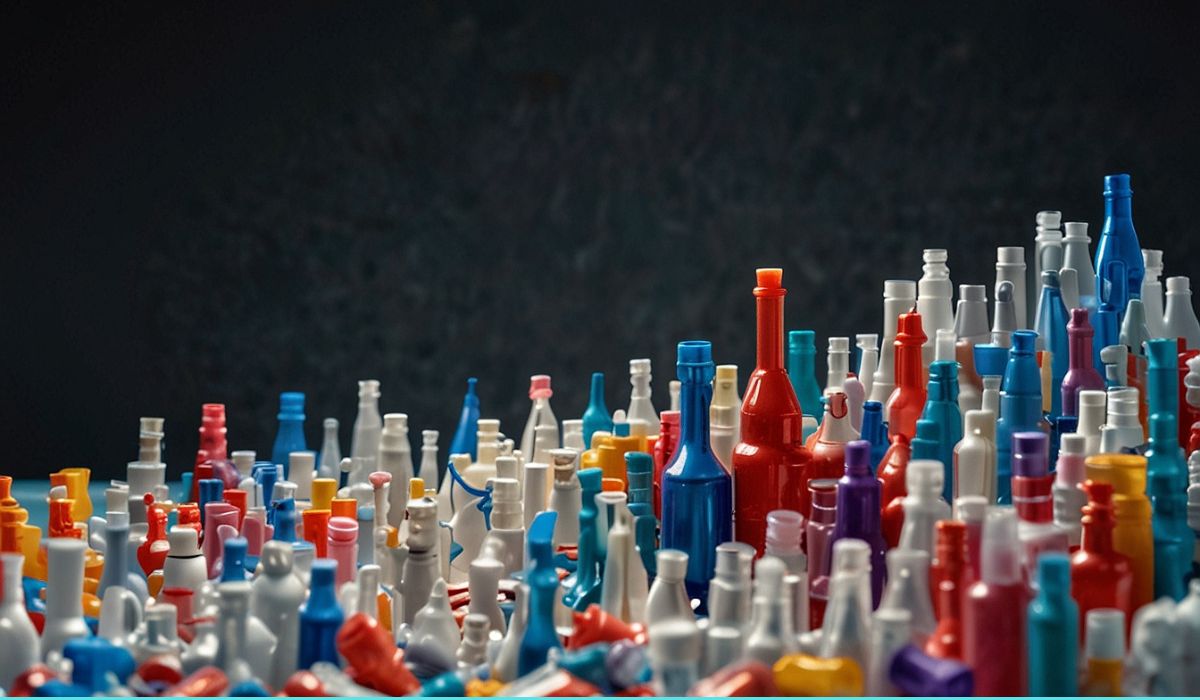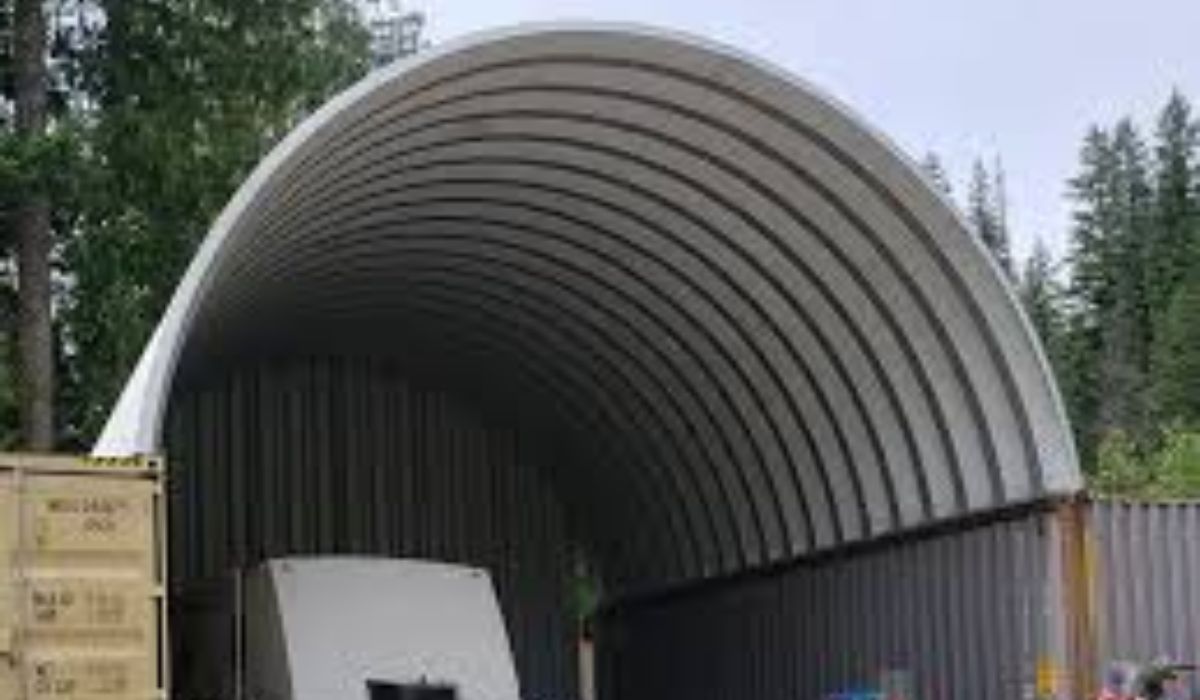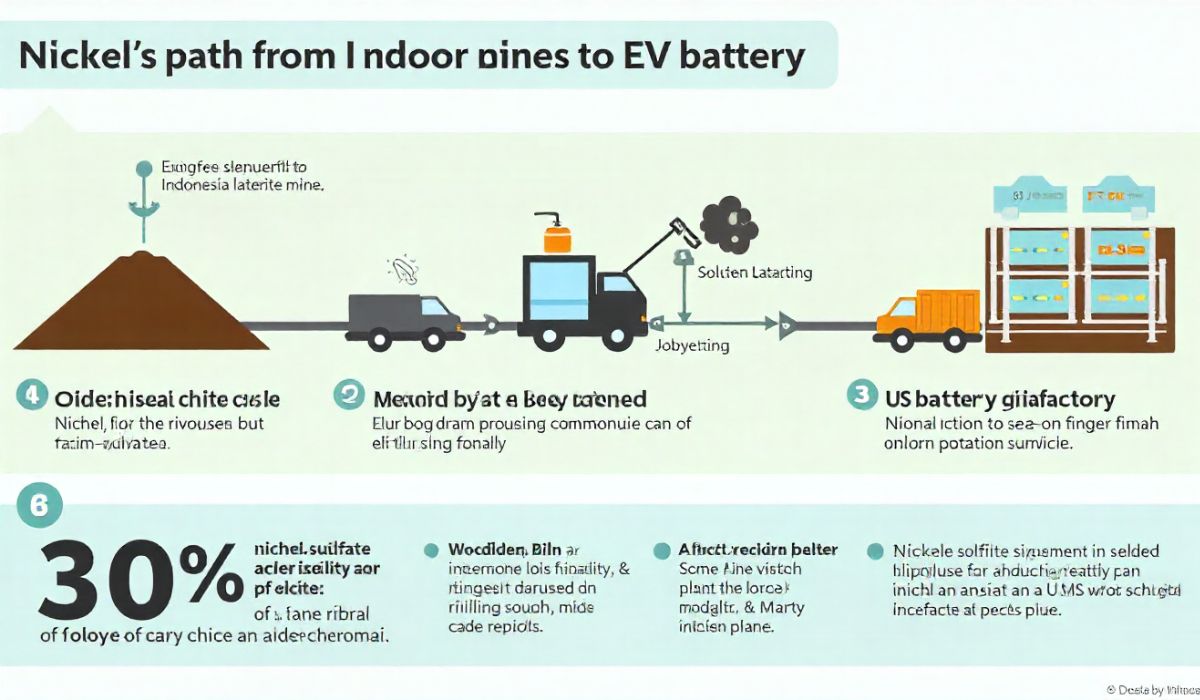Ever stopped to wonder how that flimsy grocery bag holds your gallon of milk, or why some plastic wraps cling perfectly while others tear? The secret often lies in a hidden manufacturing wizard called the blow up ratio (BUR). Think of it like the precise amount of air blown into a balloon – too little, and it’s limp; too much, and it pops. In the world of plastic film, getting the blow up ratio just right is the difference between a flawless product and a production nightmare. Let’s dive into this crucial, yet often overlooked, industrial magic trick.
Why Mastering Blow Up Ratio Matters More Than You Think
Plastic film is everywhere – packaging, agriculture, construction, medical supplies. Billions of square meters are produced yearly using a process called blown film extrusion. At the heart of this process sits the blow up ratio. It’s not just a number; it’s the master control knob influencing:
- Film Strength & Durability: Want a tough trash bag or a tear-resistant tarp? BUR directly impacts the molecular orientation, dictating tensile strength and puncture resistance.
- Clarity & Gloss: Need crystal clear packaging for fresh produce? The right BUR minimizes haze and maximizes gloss.
- Thickness Consistency: Uniform film thickness is critical for performance and cost control. BUR stability is key.
- Production Efficiency: Dialing in the correct BUR reduces waste (less scrap film!), minimizes downtime, and boosts line speed.
- Product Performance: Does your stretch wrap cling? Does your barrier film keep food fresh? BUR affects properties like cling, sealability, and barrier performance.
Ignoring BUR is like baking a cake without measuring ingredients – unpredictable and often disappointing.
Blow Up Ratio Demystified: It’s Simpler Than It Sounds
Let’s break down the jargon. The blow up ratio (BUR) is simply the ratio of the final inflated bubble diameter to the initial diameter of the die opening it came from.
BUR = Bubble Diameter / Die Diameter
- Die Diameter: The size of the circular hole the molten plastic (called the “parison”) is extruded through. Imagine squeezing toothpaste, but the tube end is a precise metal ring.
- Bubble Diameter: The diameter of the giant, sausage-like tube of plastic inflated by air inside it, measured at its widest stable point (usually at the frost line – where it cools and solidifies).
Visualizing BUR: The Balloon Analogy
- The Die: Think of the die as the nozzle on a balloon pump.
- The Parison: The initial tube of molten plastic coming out is like a small, uninflated balloon.
- The Air: Internal air pressure is you blowing into the balloon.
- The Bubble: The large, inflated balloon shape is your bubble.
- BUR Calculation: If the nozzle (die) is 1 inch wide, and you blow the balloon up to 3 inches wide, your BUR is 3.0 (3 inches / 1 inch).
Key Factors Influencing the Perfect Blow Up Ratio
Getting the ideal BUR isn’t just about pumping in air. It’s a delicate dance influenced by several factors:
- Resin Type: Different plastics (Polyethylene, Polypropylene, Nylon, etc.) have unique melt strengths and behaviors. LLDPE might handle a higher BUR than LDPE for similar thickness.
- Desired Film Properties: Need high strength? A higher BUR generally increases machine-direction strength but might require balancing. Need high clarity? A moderate BUR is often preferred.
- Final Film Gauge (Thickness): Thinner films often require higher BURs to achieve adequate strength and orientation. Thicker films might use lower BURs.
- Line Speed: Faster production speeds can sometimes necessitate adjustments to BUR to maintain bubble stability.
- Cooling Efficiency: How quickly the film cools (frost line height) impacts how the molecules orient and solidify, interacting with the BUR effect.
- Die Design: The design and gap of the die itself play a foundational role.
Table: Typical Blow Up Ratio Ranges by Common Film Type
| Film Type | Common Blow Up Ratio (BUR) Range | Primary Reason |
| Grocery Bags (HDPE) | 3.5 – 4.5 | High strength needed in both directions, especially handle durability. |
| Stretch Wrap (LLDPE) | 2.5 – 3.5 | Balances high elongation (stretchability) with adequate strength. |
| Shrink Film (LDPE/LLDPE) | 3.0 – 4.0 | Allows for significant shrinkage upon heating. |
| Barrier Packaging | 2.0 – 3.0 | Focus on clarity, seal integrity, and barrier properties; lower haze. |
| Agricultural Film | 2.5 – 3.5 | Balances strength, light transmission, and weathering resistance. |
| Heavy-Duty Sacks | 3.0 – 4.0 | Maximizes toughness and puncture resistance for demanding loads. |
How to Calculate and Control Your Blow Up Ratio
Calculating BUR is straightforward, but controlling it precisely is the art of blown film extrusion.
- Measure the Die Diameter: This is a fixed dimension on your extrusion line. (e.g., 150mm).
- Measure the Bubble Diameter: Use calipers, optical sensors, or simply measure the bubble’s circumference (C) and calculate diameter (D = C / π). Measure at the frost line where the film solidifies. (e.g., Circumference = 1413mm, Diameter = 1413mm / 3.1416 ≈ 450mm).
- Apply the Formula:
BUR = Bubble Diameter / Die Diameter
Example: BUR = 450mm / 150mm = 3.0
Controlling BUR: Operators primarily adjust the internal air pressure inside the bubble. Increasing pressure inflates the bubble more, increasing BUR. Decreasing pressure lowers the BUR. Sophisticated lines use automatic bubble control systems.
The Real-World Impact: A Case Study
Consider “FreshPak Co.” producing breathable films for salad bags. They struggled with inconsistent film strength – some bags tore easily, while others were too stiff. Analysis showed erratic BUR fluctuations between 2.2 and 2.8 due to unstable air pressure control.
The Fix: They installed a more precise internal bubble cooling (IBC) system with better pressure regulation. This stabilized the BUR at a target of 2.5.
The Result:
- Film tensile strength variation reduced by 60%.
- Bag failure rates dropped dramatically.
- Clarity improved due to more consistent cooling.
- Overall line efficiency increased by 8% due to less scrap and downtime. Stable BUR directly boosted their bottom line.
Troubleshooting Common Blow Up Ratio Issues
Even experts face BUR challenges. Here’s what often goes wrong and how to spot it:
- Bubble Instability (Wobbling, Surging): Often caused by BUR being too high or too low for the current conditions (resin, temperature, speed). Solution: Adjust air pressure incrementally. Check resin consistency and melt temperature.
- Gauge Bands (Thick/Thin Streaks): Uneven cooling or die issues can interact with BUR, causing thickness variations. Solution: Ensure even die flow, optimize cooling (air ring settings, frost line height), verify BUR is appropriate.
- Poor Optical Properties (Haze, Low Gloss): Often linked to a BUR that’s too high for the resin or cooling rate, causing excessive crystal formation. Solution: Try slightly reducing BUR. Optimize cooling efficiency.
- Reduced Tensile Strength: Could indicate BUR is too low, not providing enough orientation. Solution: Carefully increase BUR while monitoring bubble stability.
- Melt Fracture (Shark Skin): While primarily a die issue, running an extreme BUR can sometimes exacerbate surface roughness. Solution: Ensure die is clean and designed correctly, adjust processing temperatures, review BUR target.
Beyond the Basics: Advanced BUR Considerations
- Balancing MD/TD Properties: BUR primarily increases strength in the transverse direction (TD – across the film). Machine direction (MD) strength is more influenced by take-up speed. Finding the right BUR is about balancing these properties for the application.
- Internal Bubble Cooling (IBC): This crucial system circulates cool air inside the bubble. It allows for higher line speeds and higher BURs by stabilizing the bubble and improving cooling efficiency. Think of it as air conditioning for your giant plastic sausage!
- Dual-Lip Air Rings: Advanced air rings provide precise control over the cooling air, crucial for maintaining stability at challenging BURs and high speeds.
- Material Additives: Slip agents, antiblocks, and pigments can influence melt strength and bubble stability, indirectly affecting the usable BUR range.
Your Blow Up Ratio Action Plan: 3 Tips for Success
Ready to harness the power of BUR? Start here:
- Measure Religiously: Don’t guess! Regularly measure and record your actual bubble diameter and calculated BUR. Compare it to your target. Small deviations matter.
- Stability is King: Before chasing a specific BUR number, ensure your bubble is stable. A stable bubble at a slightly off-target BUR is often better than an unstable bubble at the “perfect” BUR. Prioritize smooth operation.
- Talk to Your Resin Supplier: They are your best resource. Discuss your application (film type, desired properties) and ask for their recommended BUR starting point and processing guidelines for the specific grade you’re using. They have the data!
Mastering the blow up ratio isn’t just technical jargon; it’s the key to unlocking consistent quality, efficient production, and high-performance plastic films. It’s the invisible hand shaping the plastic products that touch our lives daily. What’s one BUR challenge you’ve faced on your production line?
FAQs:
- Q: Does a higher blow up ratio always mean stronger film?
A: Not always linearly. Higher BUR generally increases strength in the transverse direction (across the film). However, if pushed too high, it can cause instability, uneven cooling, or other defects that actually weaken the film. Optimal BUR balances strength in both directions (MD and TD). - Q: How does blow up ratio affect film thickness?
A: For a given output rate (kg/hour) and die gap, increasing BUR stretches the molten plastic bubble wider but thinner. Decreasing BUR results in a narrower but thicker film. It’s a primary control for achieving the target final film gauge. - Q: Can I change the blow up ratio while the line is running?
A: Yes, operators frequently make small adjustments to BUR (via internal air pressure) while running to fine-tune bubble stability, gauge, or properties. However, large, sudden changes often cause instability and are best done cautiously or during planned adjustments. - Q: What happens if the blow up ratio is too low?
A: Low BUR typically results in: Thicker film gauge (for same output), reduced transverse direction (TD) strength and toughness, potentially lower clarity, and less efficient use of material (thicker than needed). The bubble might also be less stable if it’s too “slack.” - Q: What’s the relationship between frost line height and blow up ratio?
A: They are closely linked. The frost line is where the plastic solidifies. A higher BUR generally requires more efficient cooling (potentially a higher frost line) to solidify the larger, thinner bubble before it becomes unstable. Changes in cooling (air ring settings) can necessitate BUR adjustments and vice-versa. - Q: Is blow up ratio only used for polyethylene (PE) films?
A: No! While extremely common in PE (LDPE, LLDPE, HDPE) blown film, the BUR principle applies to any plastic made into a tube via blown film extrusion, including Polypropylene (PP), Polyamide (Nylon), EVOH, and various coextruded structures. - Q: Can blow up ratio affect the film’s barrier properties?
A: Yes, indirectly. BUR influences molecular orientation and crystallinity. Higher crystallinity (which can be influenced by BUR and cooling) generally improves barrier properties (like moisture or oxygen resistance) for certain polymers. Consistent BUR is key for consistent barrier performance.
You may also like: HCOOCH CH2 H2O: Chemistry’s Hidden Powerhouse










